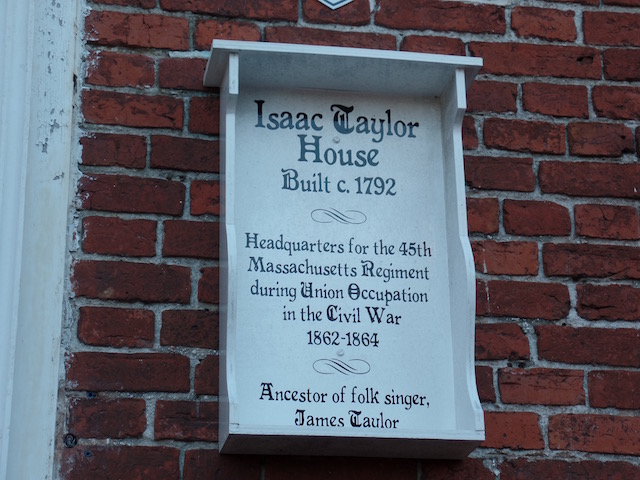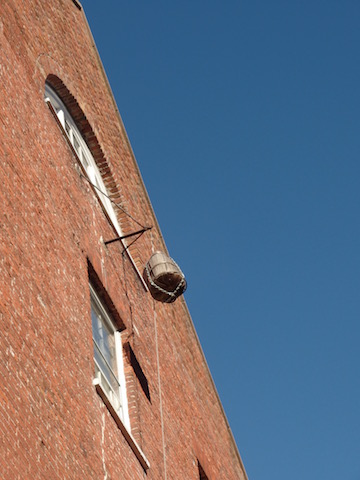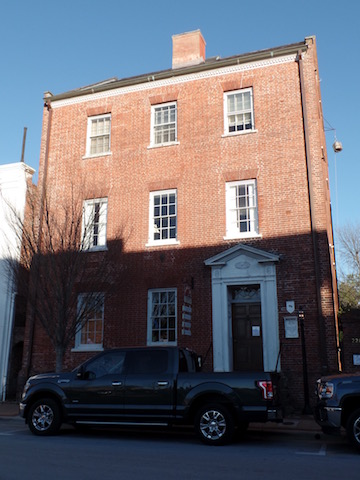Susan's Blog - New Bern Valentines Day 2016 (Day 1)
This Valentines Day, we decided to stay near home but not AT home, so we headed a couple hours east to New Bern, NC. It is located where the Trent and the Neuse rivers join, near the coast. New Bern was settled in 1710 by Swiss and Palatine German immigrants. The new colonists named the settlement after Bern, the capital of Switzerland and hometown of their leader Christoph von Graffenried. One of its' claims to fame is that it was the birthplace of Pepsi Cola. New Bern is the second-oldest European-American colonial town in North Carolina, the oldest being Bath. It served as the capital of the North Carolina colonial government, then briefly as the state capital.
We decided to stay downtown in a historic B&B call the Aerie Bed and Breakfast. The Aerie Bed & Breakfast is an historic site in North Carolina that has been called home by a justice of the peace and hotelier, a State Senator, a social worker, and tenants that included a WWII nurse, a cousin of the Wright Brothers who happened to share Orville's name, and the son of Pepsi-Cola inventor Caleb Bradham. The Victorian-style house was built in 1882 and went through a few owners throughout the years, mostly being a residence. It was turned into a B&B and has gone through a few owners as well.
As you walk in, you come directly into the parlor, which is decorated with antiques and historic reproductions including an antique red velvet Empire sofa, Empire petticoat marble-topped table and a Federal three-paneled mirror. The Italian ceramic chandelier is the crowning centerpiece. Every evening, the guests gather here for wine and appetizer's before heading out for dinner.
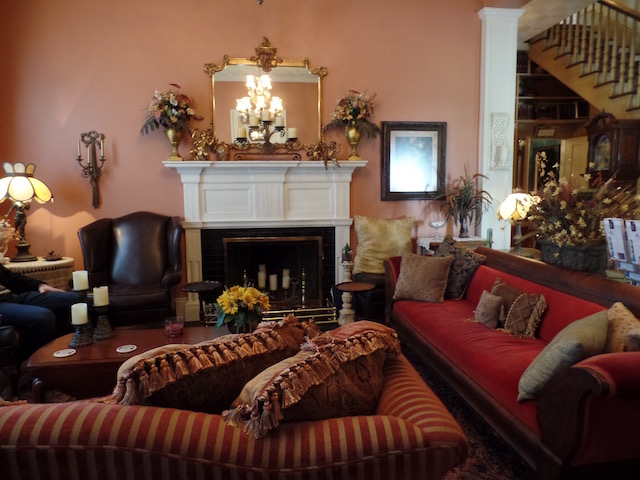
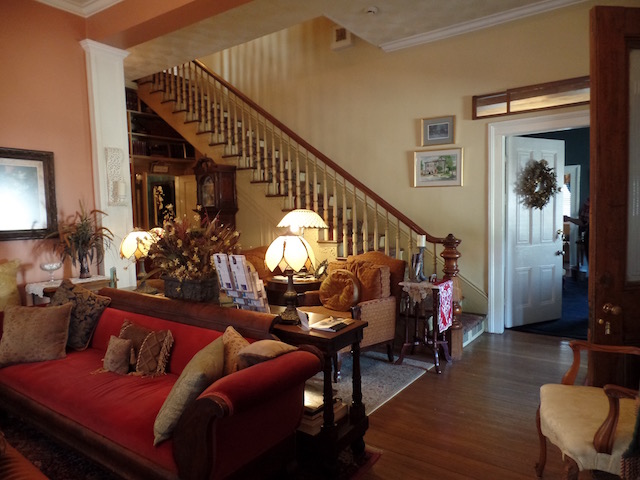
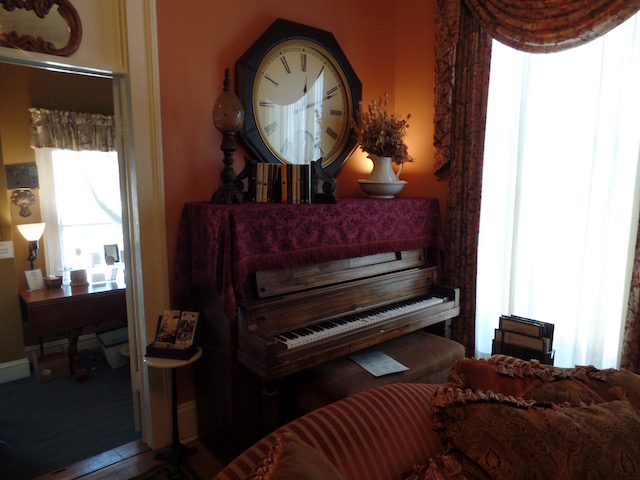
We stayed upstairs at the back of the house in the Basin Street room. In the original home that Samuel Street built in 1882, this room was actually the upstairs bath complete with a fireplace.
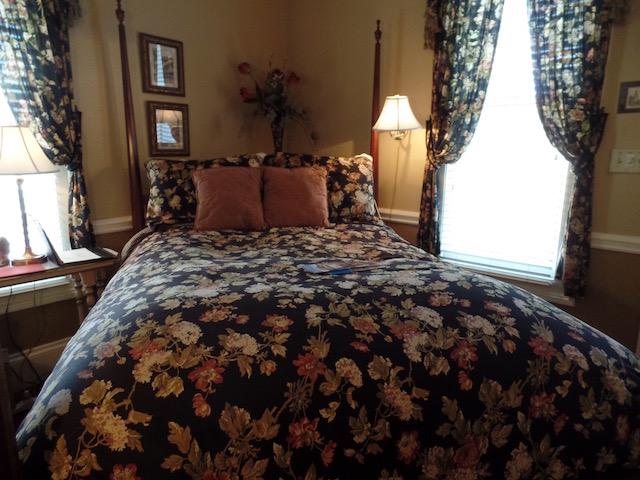
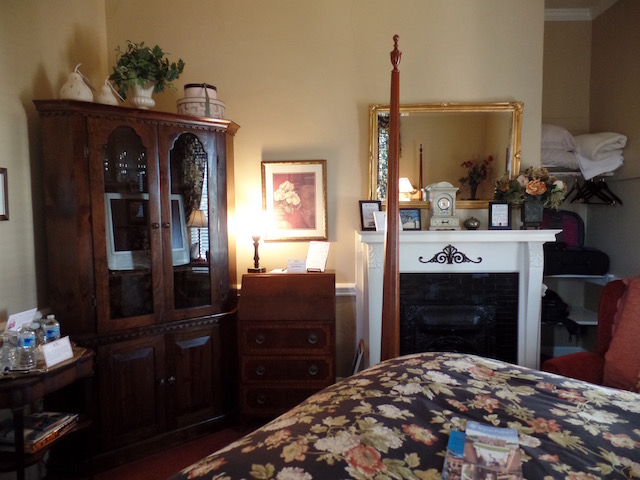
The owner of the B&B had a fully restored 1929 Ford Model A that you could take a tour around the city in.
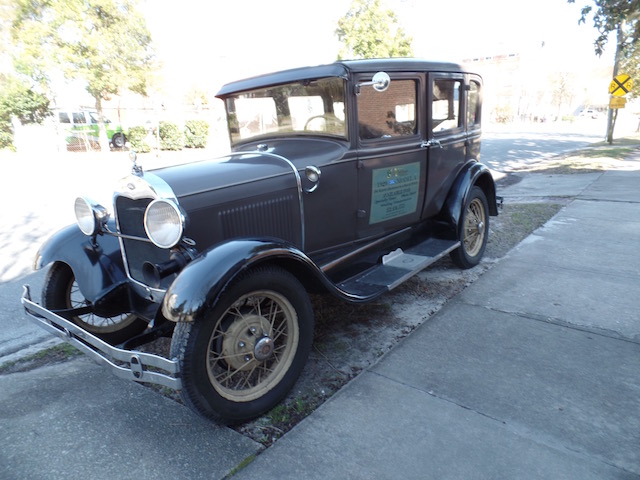
The birthplace of Pepsi is located in the downtown. Caleb Davis Bradham was born in Chinquapin, North Carolina, on May 27, 1867. After graduating from the University of North Carolina, Bradham attended the University of Maryland School of Medicine in hopes of becoming a doctor. While attending school he worked part-time as a pharmacy apprentice at a local drug store. Unfortunately a family crisis forced Bradham to drop his pursuit in medicine and return home to North Carolina. Upon returning, he taught school for a short period of time before opening a drug store on the corner of Middle and Pollock Streets in downtown New Bern. Bradham's Drug Store (in the last photo, the blue awnings) would later become the very place Pepsi-Cola was invented. In 1893, "Brad's Drink", made from a mix of sugar, water, caramel, lemon oil, nutmeg, and other natural additives, became an overnight sensation. Inside is now a store where they have all kinds of Pepsi paraphernalia along with being able to get snacks and drinks (Pepsi, of course).
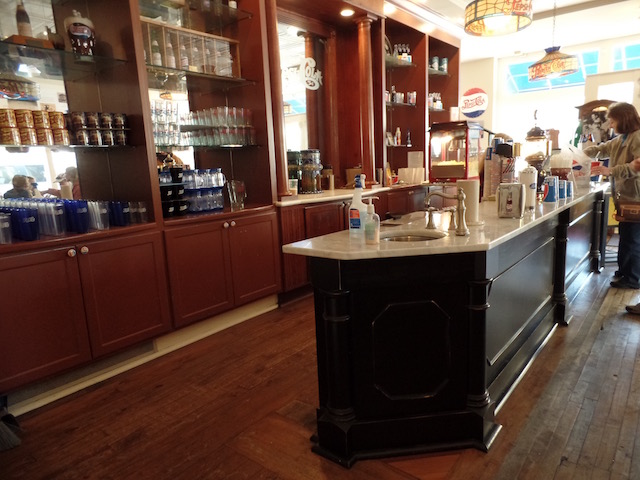
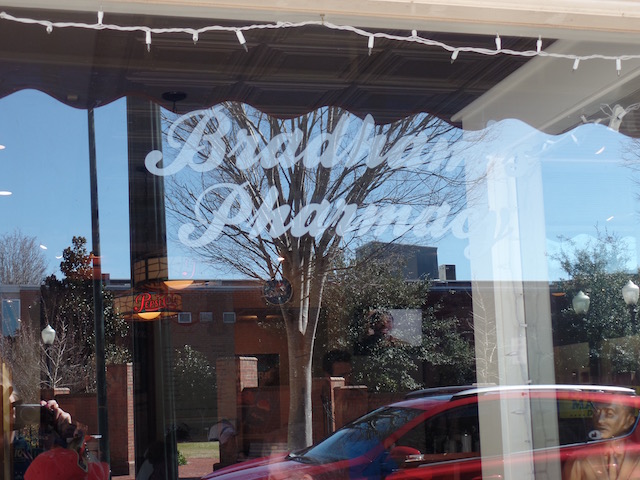
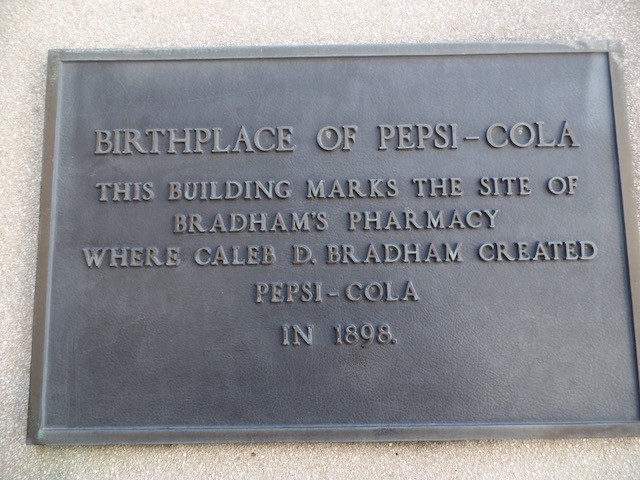
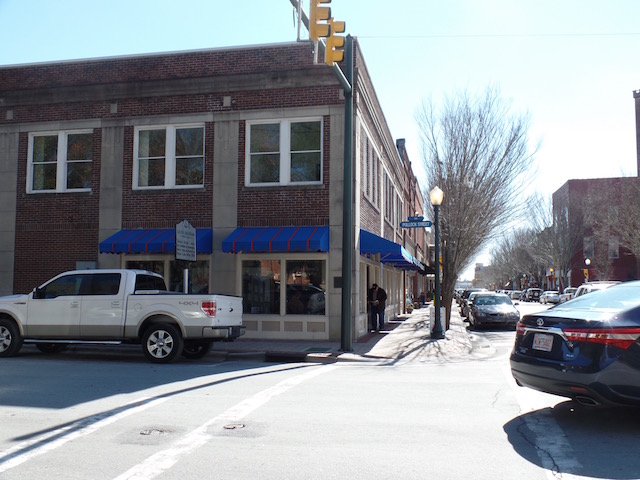
First up was a Trolley tour in an old-time street car/trolley. It was a nice ride through the downtown area where the guide pointed out some historic homes and gave history (many of the homes we ended up walking to later anyway). Here you can see that the trolley was an old-style one.
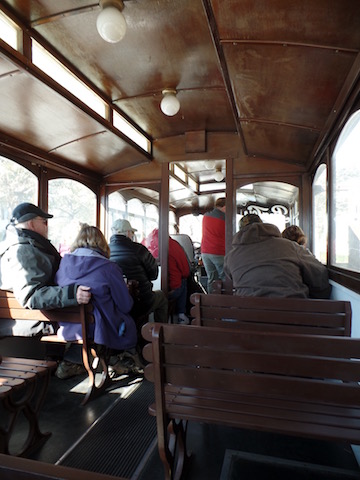
We did a few walking tours in the downtown area, mostly historic homes and places. The first stop was the Attmore-Wadsworth House, built in 1885. It was built for Ulysses S. Mace, who was a local druggist. It is unusual in the area due to it being one-story. It is an Italianate style house with elaborated bracketed cornices along with more traditional Greek Revival style doors and window surrounds.
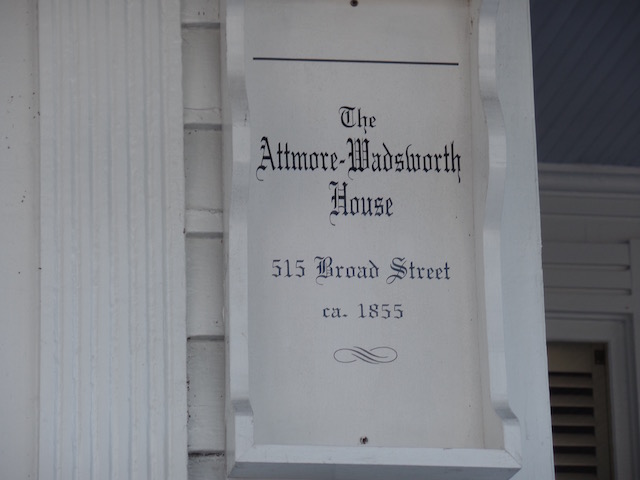
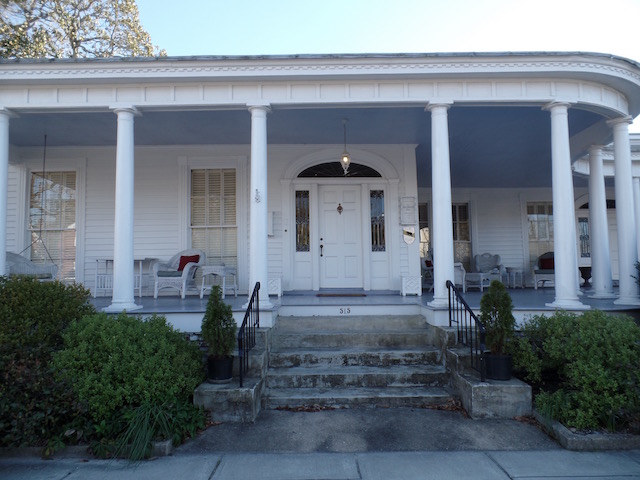
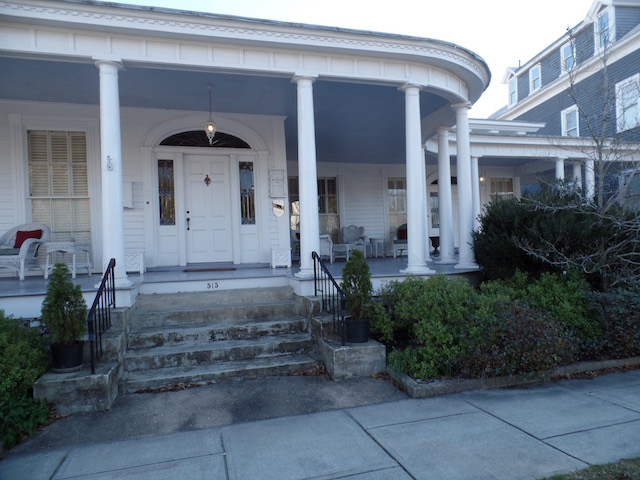
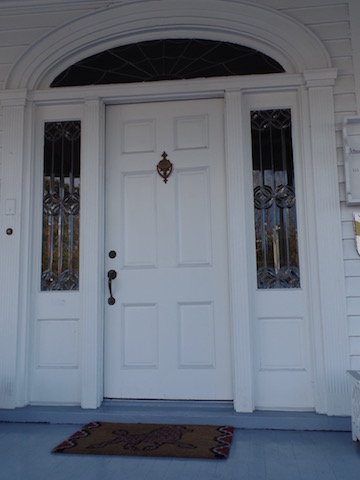
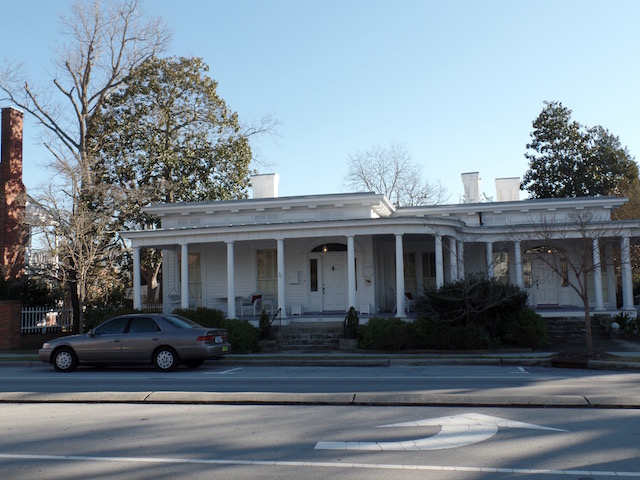
Across the street is the Ulysses S. Mace house which was built in 1884. I haven't figured why he has two houses built about the same timeframe! This is one of the most elaborate Italianate style homes in town. It is a two-story, two bay by three bay, side-hall plan home. It has a side and "L"-shaped rear wing. It features a series of demi-hexagonal pavilions and the ornate bracketed cornice below a flat roof. It was listed on the National Register of Historic Places in 1973. What I found very interesting was the front screen doors that had decorative paintings on them.
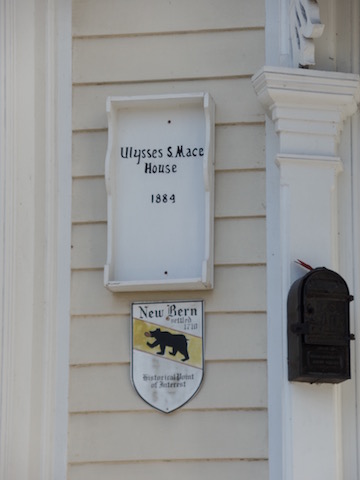
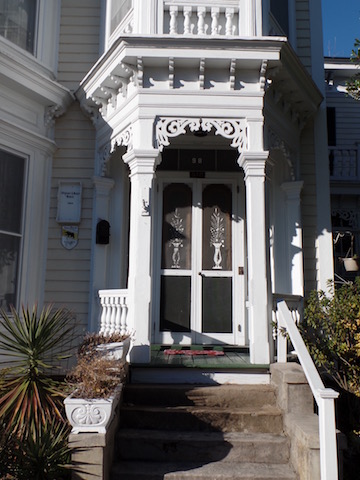
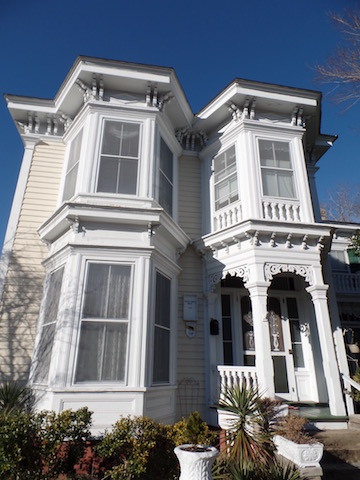
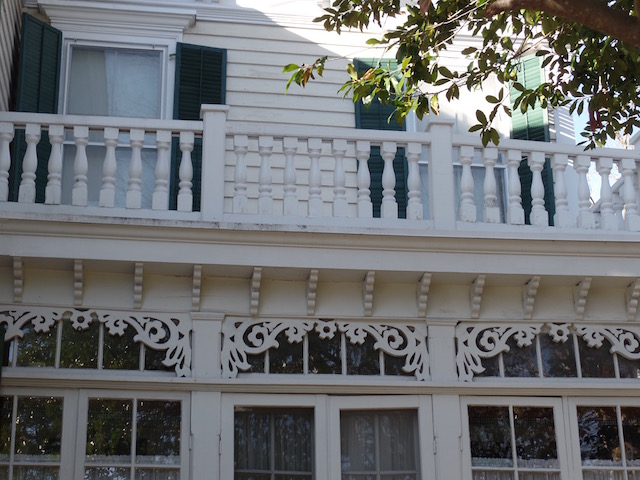
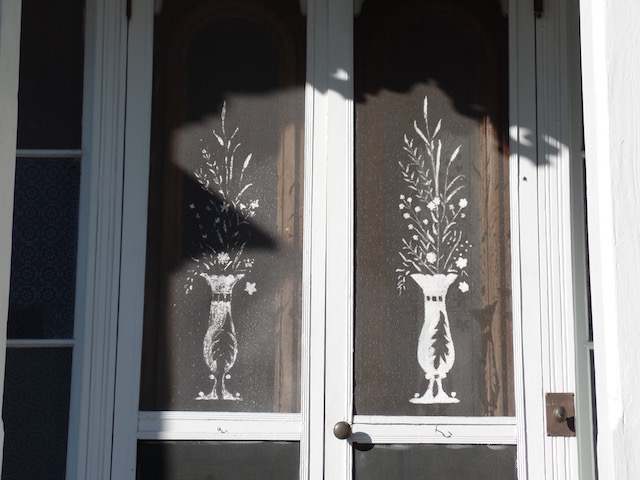
Next is the Hawks House, built in 1760 (wow is this one old!). It is a Georgian-style house and one of the few surviving gambrel-roofed houses (a gambrel roof is a usually symmetrical two-sided roof with two slopes on each side. The upper slope is positioned at a shallow angle, while the lower slope is steep). Francis Hawks, the Customs Collector for the port of New Bern bought the house in 1831.

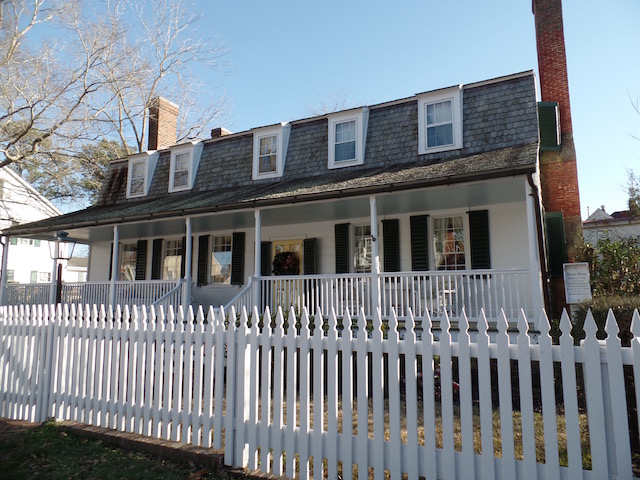
The Palmer-Tisdale house dates back to 1767. Another Georgian-style house, it was built by Col. Robert Palmer and then purchased in 1776 by silversmith and patriot William Tisdale. It is very unique in that it has a basement.
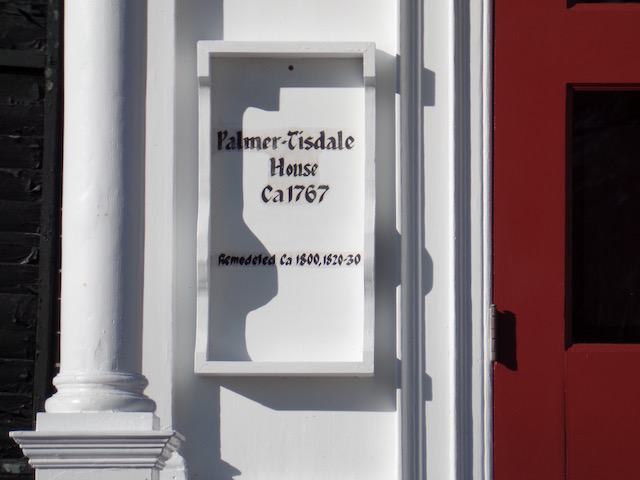
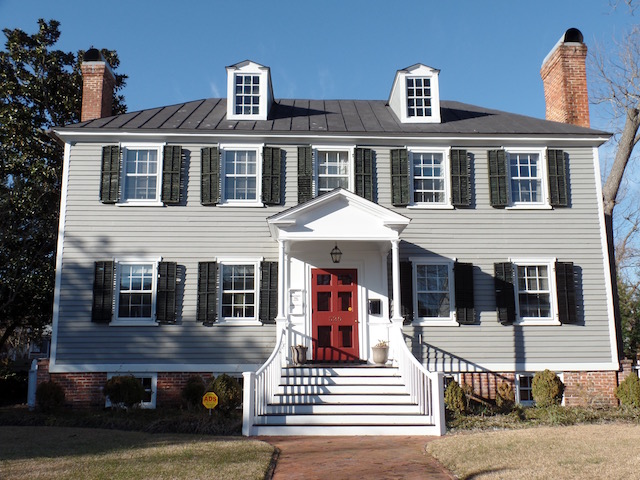
This is the W. B. Blades house on Middle Street. It is an elaborate house which combines elements of Queen Anne and Greek Revival styles. One of the most elegant homes in New Bern, it was designed by Herbert Woodley Simpson for lumber magnate, William Blades.
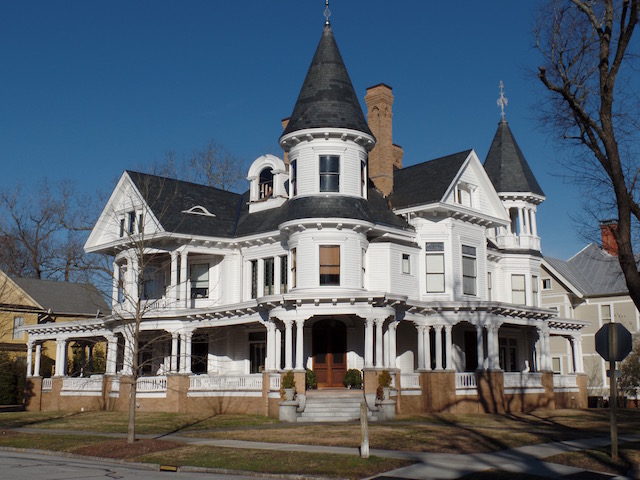
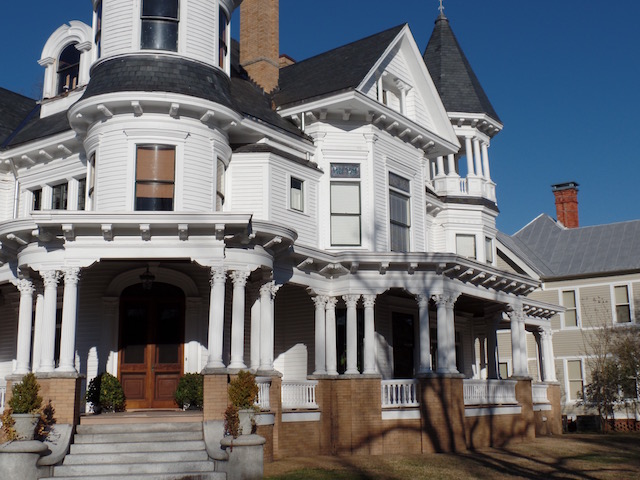
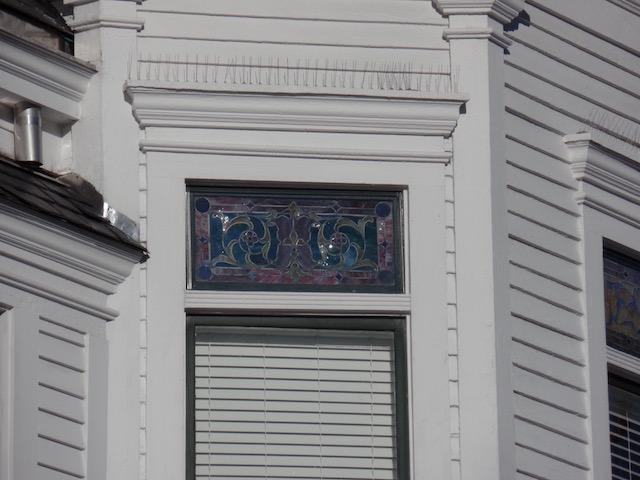
The John D. Flanner House was built in 1855 and enlarged in 1880. The construction marks the introduction of the Italianate style into New Bern, with overhanging cornices supported by elaborate brackets. As you walk through the downtown, you can see quite a few Italianate houses.
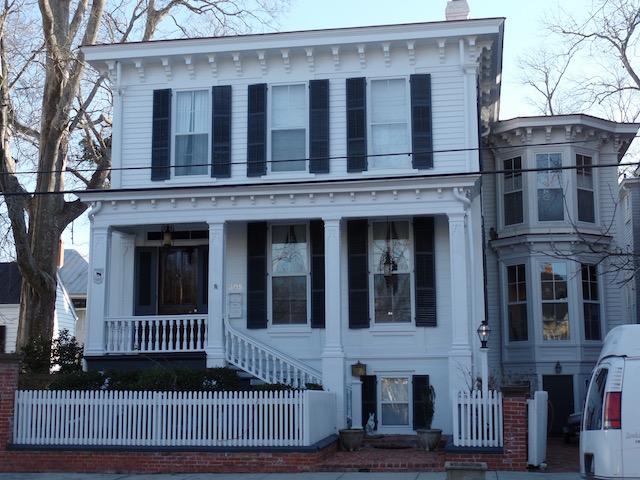
The Jerkins-Richardson house dates back to 1848 and is a gable-roofed, side-hall Federal Style house. One of the unique features of this house can be seen between the two fireplaces on the roof. This is a Captain's walk, or sometimes called a Widow's Walk. During the trolley tour, they mentioned this and most people would think that this is for family members to anxiously search for their loved ones coming home from a trip at sea. However, the guide mentioned that it was actually more for easy access to clean the chimneys.
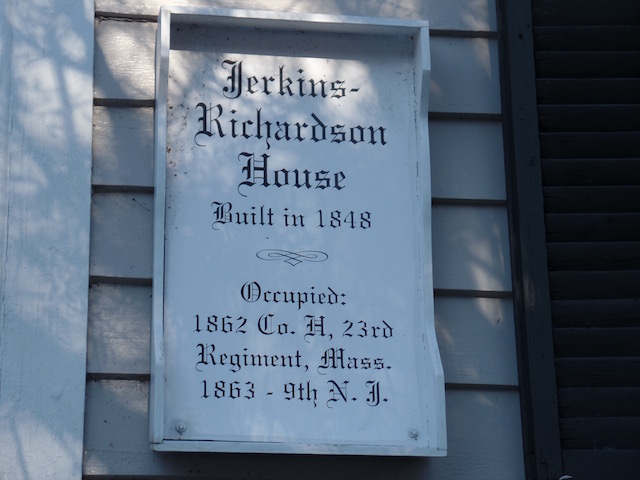
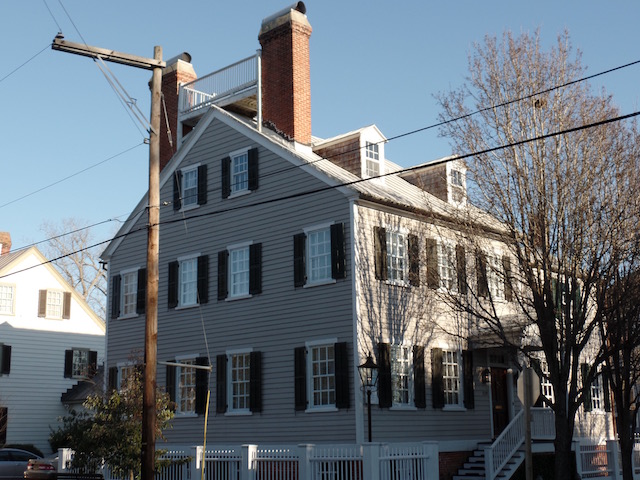
Next up is the Charles Slover House, which is the most impressive Greek Revival style residence in town, dating back also to 1848. During the Civil War, Union General Ambrose Burnside selected the house for his headquarters. In was purchased in 1908 by Caleb Bradham, inventor of Pepsi Cola.
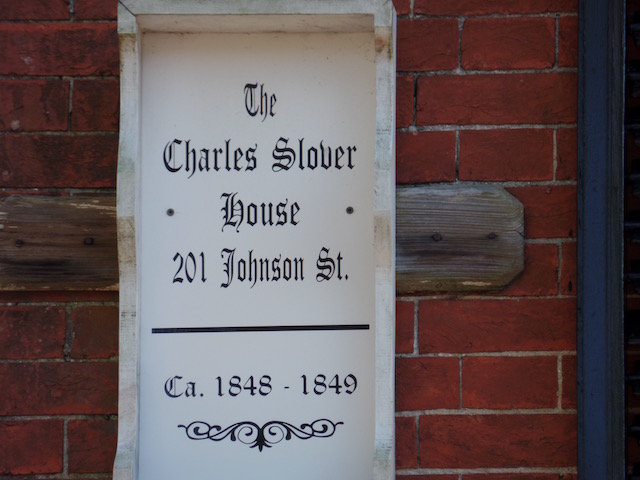
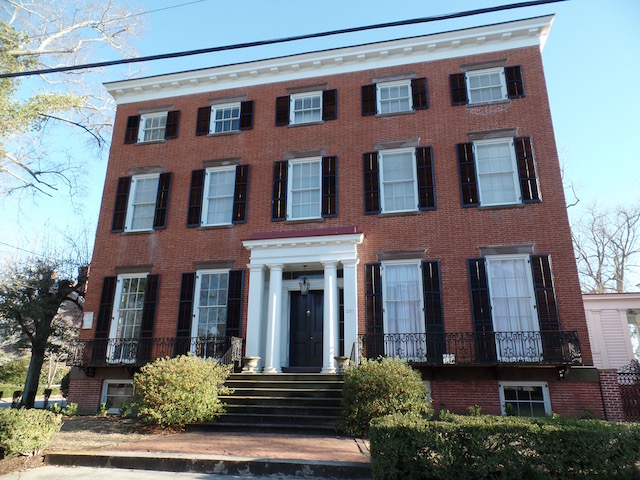
The Eli Smallwood House on East Front Street is one of the finest Federal brick side-hall houses, dating back to 1810.
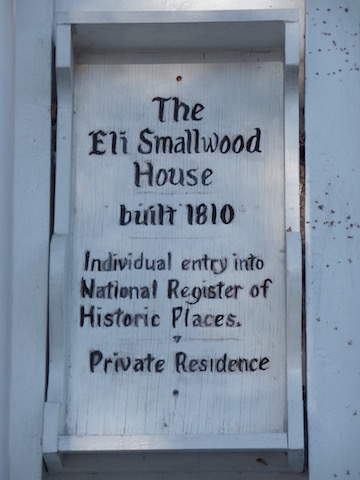
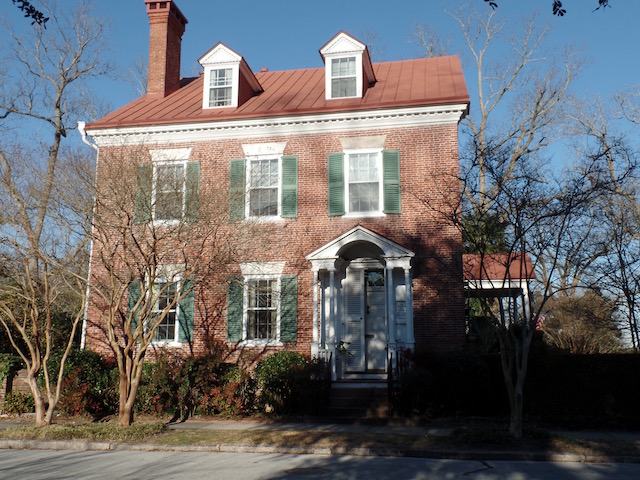
Built in 1908, the Larry I. Moore House is another Herbert Woodley Simpson-designed house which combines a Neo-Classical Revival portico with Colonial Revival detailing. It has grand Corinthian columns and side porches, which seem perfect for a mint julip on a hot afternoon.
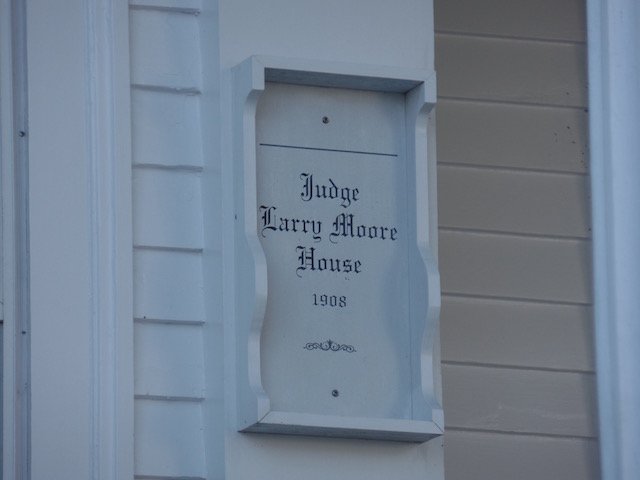
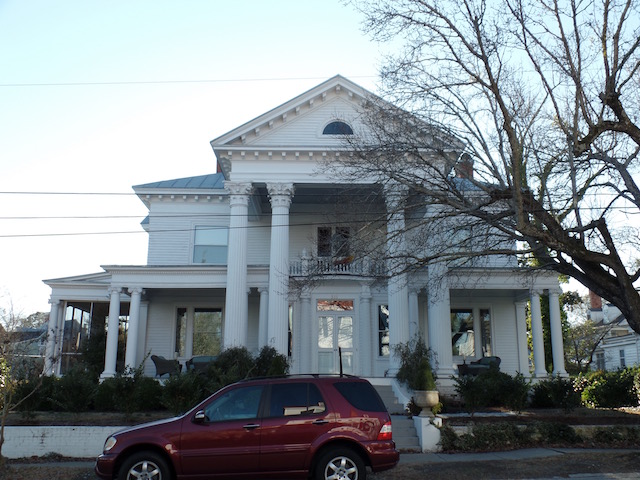
A quick peek at the river, before turning the corner to see the Coor-Bishop House. The original home was designed in the Georgian style by John Hawks and built about 1767. Between 1904 and 1908, the house was extensively remodeled to incorporate both Queen Anne and Georgian Revival concepts, and was actually turned toward the water. The two-story frame dwelling features a high deck-on-hip roof, a projecting entrance pavilion, and a wide wraparound porch with Corinthian order columns.


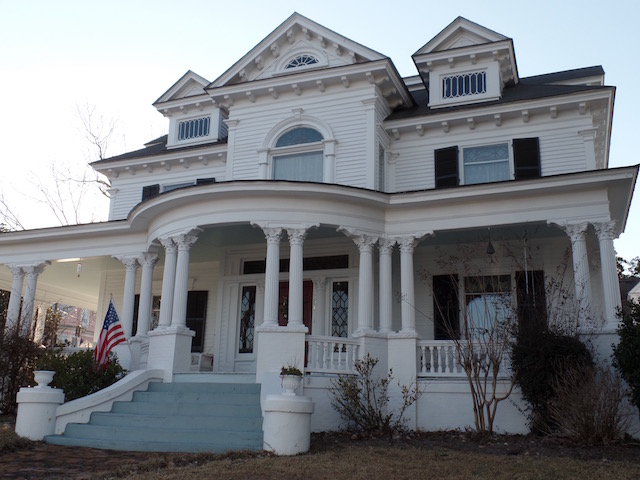
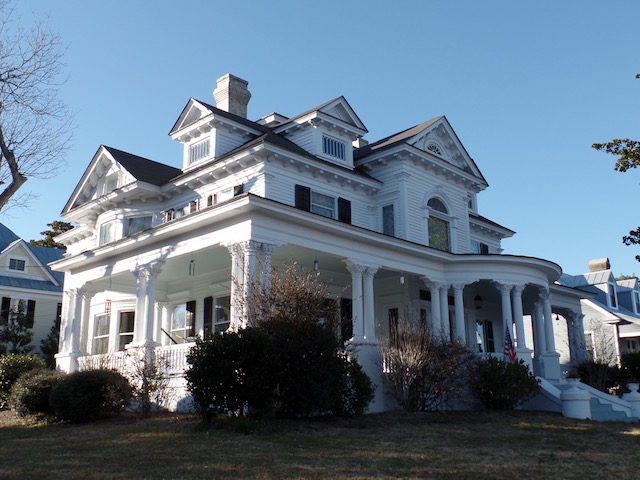
The sign says it all :-)
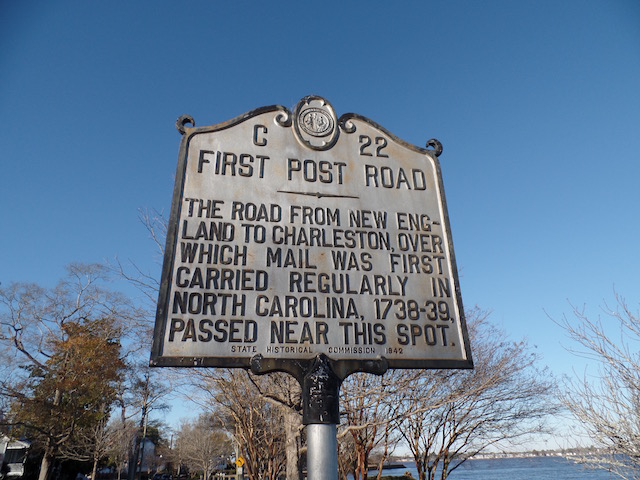
The Isaac Taylor House was built in 1792 by Isaac Taylor, who was a merchant, ship owner, and planter. This is one of the first side-hall Federal brick buildings in New Bern, and included a counting house on the first floor. As the sign indicates, the 45th Massachusetts Regiment had their headquarters here during 1862 to 1864 when the Union army occupied the town. Supposedly, the singer James Taylor is his great-great-great-grandson. Isaac Taylor's granddaughters, Phoebe and Catherine, were living in the house when Union troops arrived in New Bern in 1862. The sisters withdrew to the third and fourth floors and remained there for the duration of the war, using a basket with bracket-and-pulley system to transport food and supplies. You can still see the device on the south side of the building.
